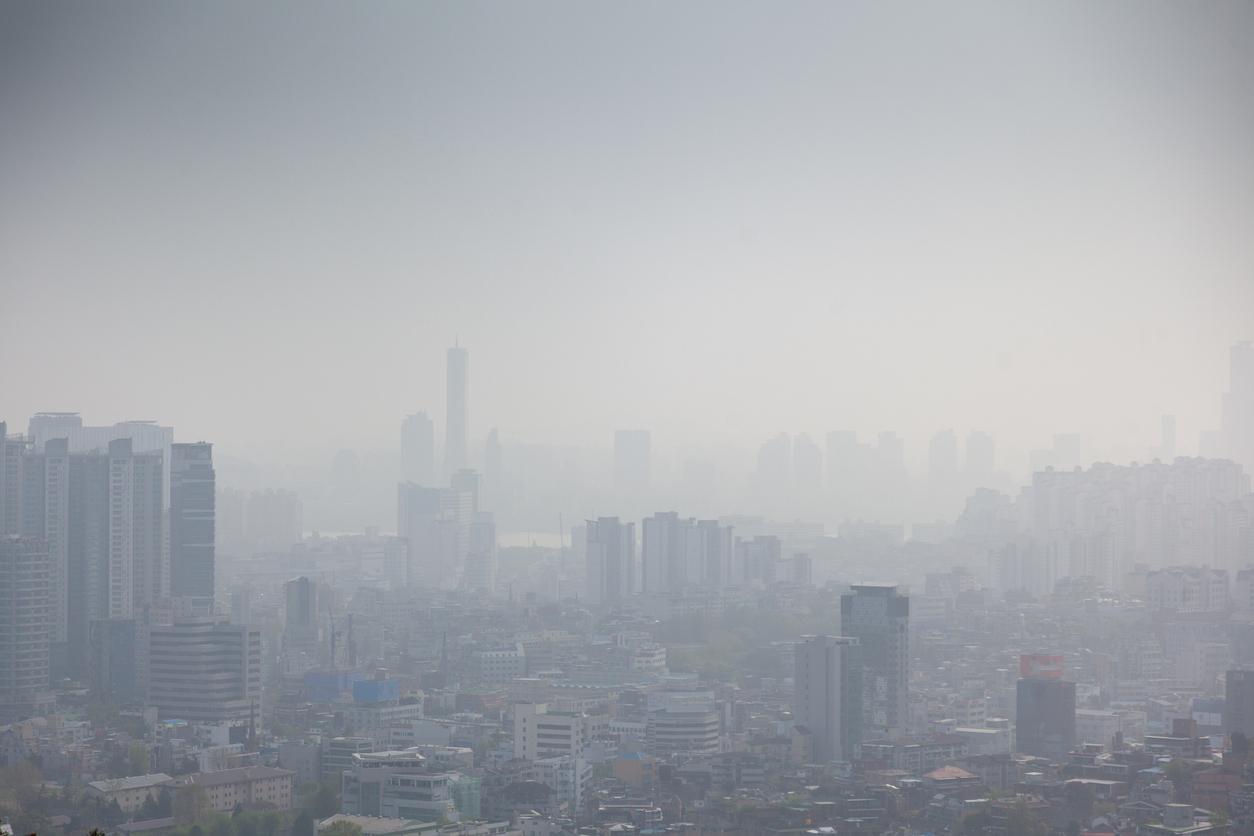A new study links high levels of fine particle pollution to the risk of ventricular arrhythmia, a heart condition that can be fatal in the most severe cases.

- Ventricular fibrillation (VF) is a heart rhythm disorder corresponding to the rapid, disorganized and inefficient contraction of the heart ventricles.
- In VF, loss of consciousness is usually immediate. It is a cause, if not the main cause of cardiac arrest and sudden death.
- Without specialized medical intervention, death occurs within minutes if no treatment is given.
According to the World Health Organization (WHO), outdoor air pollution is responsible for 4.2 million deaths each year. Nearly one in five deaths from cardiovascular disease is due to air pollution, which has been ranked as the fourth leading risk factor for death after high blood pressure, smoking and poor diet.
Among the cardiovascular risks linked to air pollution are ventricular arrhythmias (ventricular tachycardia and ventricular fibrillation), linked to irregular contraction of the ventricles of the heart. Ventricular fibrillation is the most dangerous form of arrhythmia because eventually the ventricles of the heart lose their ability to contract, which interrupts the flow of blood to the body and brain.
A new study presented at Heart Failure, a scientific congress of the European Society of Cardiology (ESC) highlights the link between air pollution and the risk of developing this type of potentially fatal arrhythmia. It was conducted in patients with an implantable cardioverter defibrillator (ICD), which allowed the authors to monitor the appearance of arrhythmias and the administration of treatment.
“Our study suggests that people at high risk for ventricular arrhythmia, such as those fitted with an ICD, should check daily pollution levels,” said study author Dr. Alessia Zanni, who currently works at the Maggiore Hospital in Bologna.
A significant link between fine particles and ventricular arrhythmias
This study investigated the relationship between air pollution and ventricular arrhythmias in Plaisance. This city in northern Italy was ranked 307th out of 323 by the European Environment Agency for annual average concentrations of PM2.5 fine particles in 2019 and 2020, with a figure of 20.8 μg/m34 .
The study looked at 146 consecutive patients who received an ICD between January 2013 and December 2017.”We had observed that emergency room visits for arrhythmias in patients with ICDs tended to cluster on days when air pollution was particularly high, notes Dr. Zanni. We therefore decided to compare the concentration of air pollutants on the days when the patients had an arrhythmia with the pollution levels on the days without arrhythmia.”
A total of 440 ventricular arrhythmias were recorded during the study period, of which 322 were treated by antitachycardia pacing and 118 by shock. The results obtained show a significant association between PM2.5 fine particle levels and shock-treated ventricular arrhythmias. For each 1 μg/m3 increase in PM2.5, the risk of ventricular arrhythmia increases by 1.5%.
The researchers also found that when PM2.5 concentrations were elevated by 1 μg/m3 for an entire week, compared to average levels, the likelihood of ventricular arrhythmia was 2.4% higher, regardless of temperature. When PM10 was 1 μg/m3 above average for one week, there was a 2.1% increased risk of arrhythmias.
Acute inflammation of the heartbeat
“The particles can cause acute inflammation of the heart muscle which could act as a trigger for cardiac arrhythmias, believes Dr. Zanni. As these toxic particles are emitted from power plants, industries and cars, green projects are needed to protect health, in addition to the measures individuals can take to protect themselves.”
According to the doctor, “These data confirm that environmental pollution is not only a climate emergency but also a public health problem”. “This battle can be won by an alliance between scientific societies and politicians to protect not only the environment but also the health of the human population”she concludes.


















